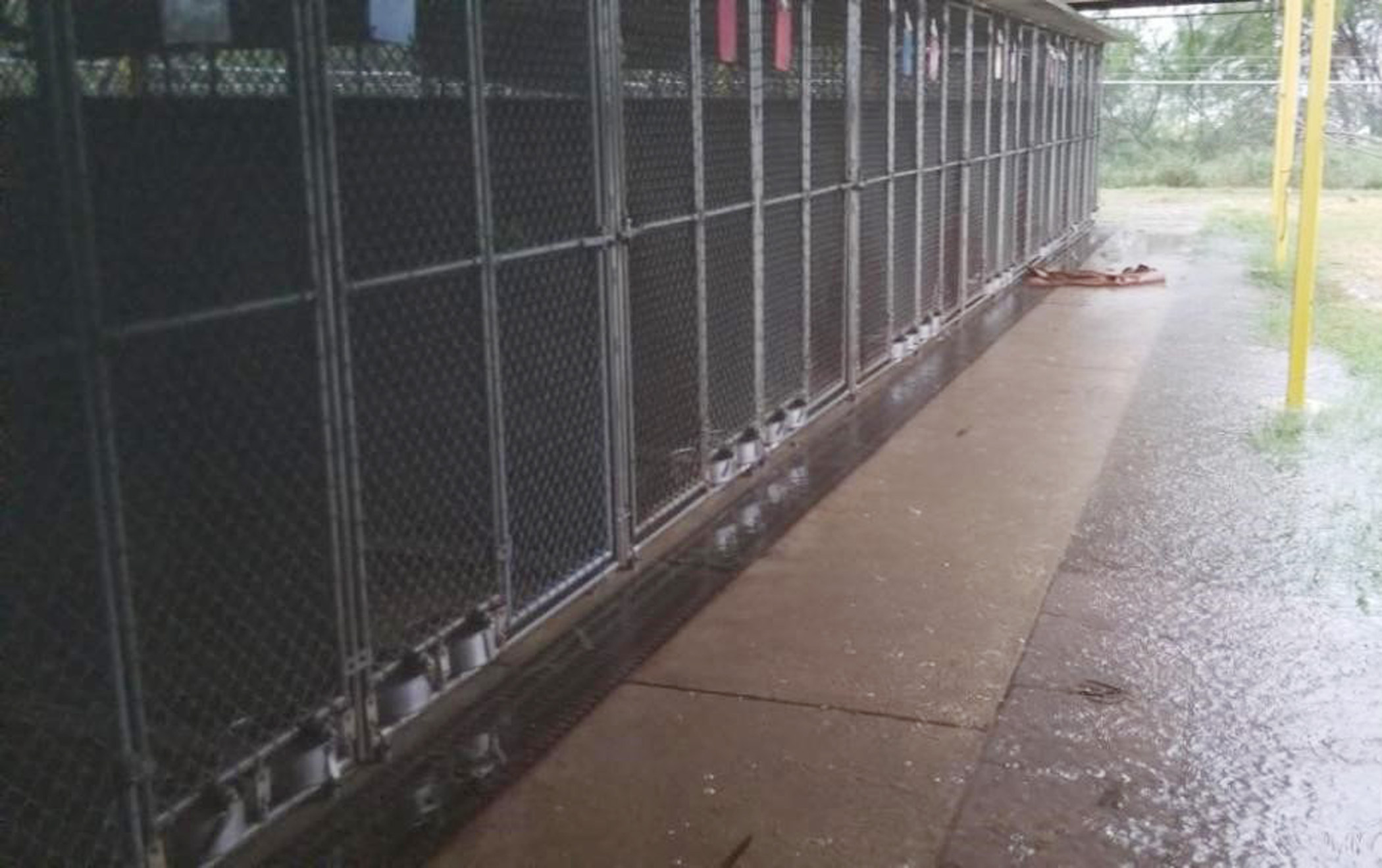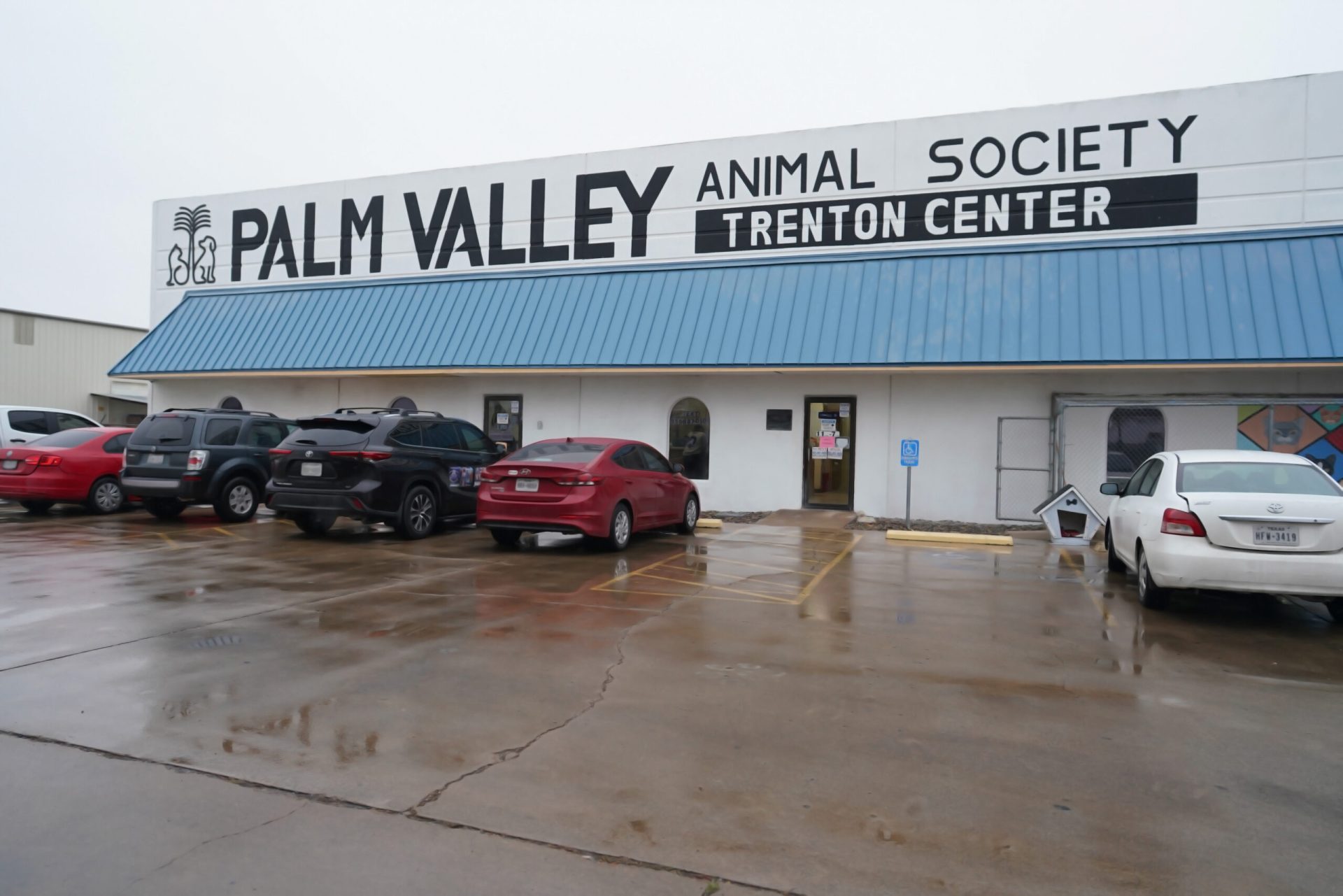|
Only have a minute? Listen instead
Getting your Trinity Audio player ready...
|
Shocked.
That’s how officials from Palm Valley Animal Society felt when they learned that Hidalgo County leaders were considering severing ties with the shelter in favor of potentially creating a county-owned animal control center.
“We feel completely blindsided, I’ll be honest,” Keely Lewis, secretary of the PVAS board of directors, told The Monitor this week.
Just over a year ago, county leaders embarked on a path toward conducting a study to explore the feasibility of building a new animal control center. The study also sought to ascertain the current state of animal control throughout the Rio Grande Valley.
As part of the study, the county reached out to its longtime partner, PVAS, as well as several other animal control service providers throughout the region.
And while shelter officials had left those discussions feeling reaffirmed of the strength of their partnership with the county, they remained unaware of how the feasibility’s recommendations had evolved over several months.
THE STUDY
The county hired Mission-based engineering firm, B2Z Engineering, to conduct the study. The firm started holding meetings with stakeholders late last fall.
Officials from Palm Valley were part of the first meeting on Nov. 2, 2022, according to sign-in sheets The Monitor obtained via a Texas Public Information Act request.
“We were very impressed with how they were approaching the study. We left that meeting feeling like it was gonna be a very thorough, good study,” Lewis said.
Soon afterward, B2Z toured Palm Valley’s two facilities — the PVAS Trenton Center and the Laurie P. Andrews Center — to get a firsthand look at PVAS’ operations.
The firm also asked for PVAS financial disclosures, including its operating expenses, Lewis said.
PVAS declined to release information for 2022, citing the as-yet unavailable status of its federally mandated financial filings.
The IRS requires tax exempt organizations to file publicly available financial disclosures via what’s called a Form 990. The document provides details about a nonprofit’s revenues and expenses, including payments from governmental entities, as well as fundraising and other contributions.
Records show that PVAS typically files its Form 990 in November of the following year, and as such, directed B2Z to the PVAS website, where copies from 2015-2021 are available.
The documents can also be obtained directly from the IRS.
“We left feeling pretty good that we had provided everything that they had asked for,” Lewis said.
B2Z would later write in its presentations that “PVAS would not release their operating costs.”
Meanwhile, over the following months, B2Z went on to hold five more meetings with county leaders, according to the sign-in sheets released by the county.
Aside from B2Z, various representatives from the county judge’s office, the four county precincts, the Hidalgo County Health and Human Services Department and the Hidalgo County District Attorney’s Office attended the meetings.
And nearly all of the county commissioners, as well as Hidalgo County Judge Richard F. Cortez, made at least one appearance at a meeting, as well.
However, over the course of those additional meetings — held between Jan. 11 and May 3 — the sign-in sheets show no signatures from PVAS representatives.

THE EVOLVING OPTIONS
By January, B2Z had come up with five preliminary options that the county could consider pursuing.
The first involved maintaining its partnership with PVAS as is.
The other four options suggested various iterations of partnerships with PVAS or local municipalities.
Or the county could consider shouldering animal control services completely on its own.
On April 26, B2Z again sat down with county leaders to present a revised list of options.
This time, the engineering firm had just three suggestions — none of which mentioned Palm Valley.
Just three weeks before B2Z delivered the updated presentation, the Hidalgo County Commissioners’ Court had approved a $250,000 amendment to help PVAS mitigate the higher cost of doing business in a post-pandemic economy marred by high inflation.
But PVAS never got that money, Lewis said.
Nor was the shelter informed that the feasibility study had progressed to the point that it had.
“Your story and that link (to the April 26 presentation) was the first we had ever had access to that feasibility study,” Lewis said.
As recently as last month, when PVAS officials met with the county to discuss the $250,000 budget amendment, the shelter didn’t think anything was amiss. They even had tentative plans to meet again.
“We left that meeting feeling really good about our relationship with the county,” Lewis said of that June 5 meeting with Hidalgo County Executive Officer Valde Guerra.
“And then, we literally could not get a hold of anybody for five weeks,” until The Monitor published a story about the feasibility study’s recommendations.

OPERATING AT A LOSS
Lewis, who has been a member of the PVAS board of directors for a number of years — including a stint as board president during the height of the COVID-19 pandemic — spoke of how difficult it has become to continue operations while costs have risen.
PVAS has worked hard to transition from a shelter that once took in 40,000 animals per year and euthanized as many as 32,000.
Around 2018, shelter officials had a watershed moment when they realized that that was unsustainable — both for shelter operations and for the overall welfare of stray and lost animals in the Valley.
So, they made the decision to narrow their intake focus to what Lewis referred to as “companion animals” — dogs and cats.
They forged new partnerships with PetCo and a nonprofit called Best Friends Animal Society, and they began rethinking their approach to animal control.
At the height of the changes, PVAS reached a 90% save rate, meaning nine out of 10 animals they took in found homes.
The shelter’s save rate remains high, hovering in the 80-percentile range.
They did so by lowering their capacity from 40,000 animals per year to “somewhere around 13,000 a year,” Lewis said.
And they did so by charging their partner entities more per animal.
“We said we’re gonna take in fewer animals for more money. And I know that doesn’t make sense to just look at it on paper, but it’s the only thing that makes sense for keeping us viable,” Lewis said.
PVAS now charges all its partners $237 per animal, but it costs the shelter more than that to care for each one.
The shelter spends about $400 per animal and largely depends on fundraising and donations to make up the difference.
Nonetheless, PVAS has come up short.
As 2022 wound to a close, PVAS found itself facing a nearly $400,000 funding shortfall.
The shelter took in just under $4.7 million in revenue last year. But those revenues were exceeded by expenses, which clocked in at about $5.03 million.
PVAS turned to its three largest partners for help.
“McAllen helped, and Edinburg did not. And the county said that they were going to help and actually voted to help, and then they did not,” Lewis said.
“And we’re still kind of dealing with the fallout from that decision,” she added.
The three most recent options that B2Z presented to officials would cost the county more per year than it currently allocates through its partnership with Palm Valley. And Lewis said it would be difficult for the county to provide the same level of care.
Ultimately, she hopes the two sides can find a resolution.
“It is a community driven problem. The community has got to be a part of the solution,” Lewis said.
“I hope, going forward, that if they do stay our partners, that they communicate better with us in the future,” she added a moment later.





